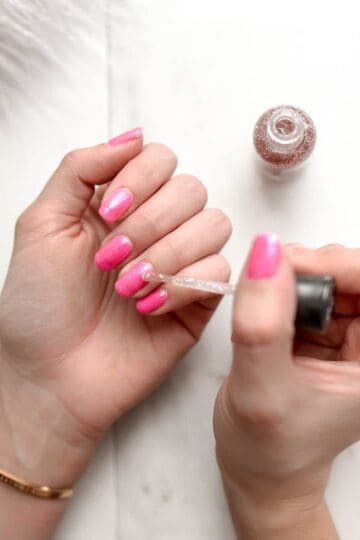Engagement rings feel like one of the most venerable of romantic institutions, the penultimate chapter in a tale as old as time! When you’re thinking about getting engaged, it’s fascinating to know the associated history of the engagement ring. What traditions are you helping celebrate with your engagement ring?
Whether you are looking for a diamond ring or thinking of proposing with a family heirloom ring that’s been passed down through generations, the history of the engagement ring is of importance to you! Here’s everything you need to know about the fascinating history of engagement rings through the ages.
The Engagement Ring Through the Ages
The first engagement rings of which we have any record can be traced back to Ancient Rome. Back then, women often wore rings made of iron, copper, or even bone; although the nobility was able to afford intricate rings carved from ivory. Later on, as Rome reigned on, shiny gold rings were more popularly used—and that tradition has lasted to this day!
In the year 850, Pope Nicholas I changed the meaning of engagement rings. Instead of being worn only by married women, rings would be worn once a betrothal or engagement agreement had been made. At this point, simple gold bands were the fashion statement of choice, as it was an easy way to denote luxury and social status.
Diamonds weren’t seen until the late fifteenth century when an Archduke of Austria emblazoned a ring with the monogram of his future bride formed out of diamonds. Stories of this ring ran rampant, as it was the most decadent piece of romantic jewelry of the area!
As engagement rings became standard in the early twentieth century, diamonds became de rigeur and we began to see the Art Deco designs which are still popular in America today.
However, if we look at other countries, we can still see other customs thriving: for example, in Western Europe, the engagement ring is worn on the right hand, instead of the left—and in Chile, it’s customary for both the men and the women to receive and wear engagement rings. In some Hindu cultures, it’s popular to wear toe rings (called bichiya) and in other Eastern traditions, bangle bracelets are exchanged.
No matter what your tradition is, however, exchanging jewelry to commemorate your commitment has become a beautiful and joyful custom to celebrate.
Engagement Rings Today
Today, we all know and love the beautiful solitaire engagement ring: the cushion-cut, beveled diamond about which many young girls dream. From the engagement ring’s humble beginnings as a simple mark of marital status to statement jewelry piece, the institution has come a long way through history.
However, in modernity, we’re seeing a lot of trends towards more unique designs! More and more couples are choosing to build a ring that expresses the individuality of their style and love story, which leaves a lot of room for creativity in the ring-finding process—for example, by utilizing differently colored stones or even geometric bands for a more minimalistic statement.
No matter which ring you choose, it’s important to consider your partner’s tastes and styles. While engagement rings used to be more of a statement of wealth and status, that significance has waned. Personalized engagement rings that have been customized to suit an individual are now much more common. Not to mention, your partner will certainly appreciate you putting in the time and effort to find their perfect match!
Final Thoughts
Engagement rings have a long and storied history, the culmination of which is a romantic tradition celebrated in modernity with lots of room for creativity! The ability to express individuality and still uphold a time-honored tradition with a beautiful engagement ring is truly a privilege unique to our time.





Leave a Reply